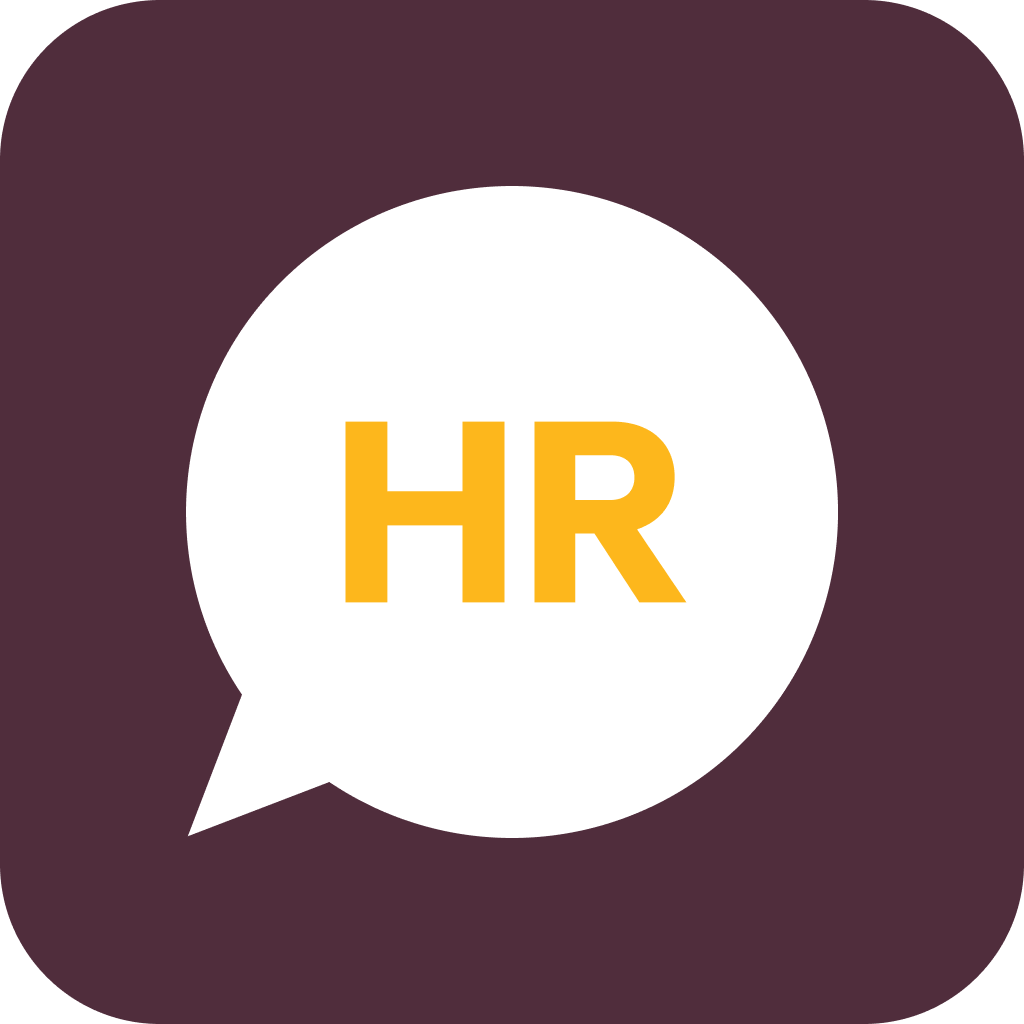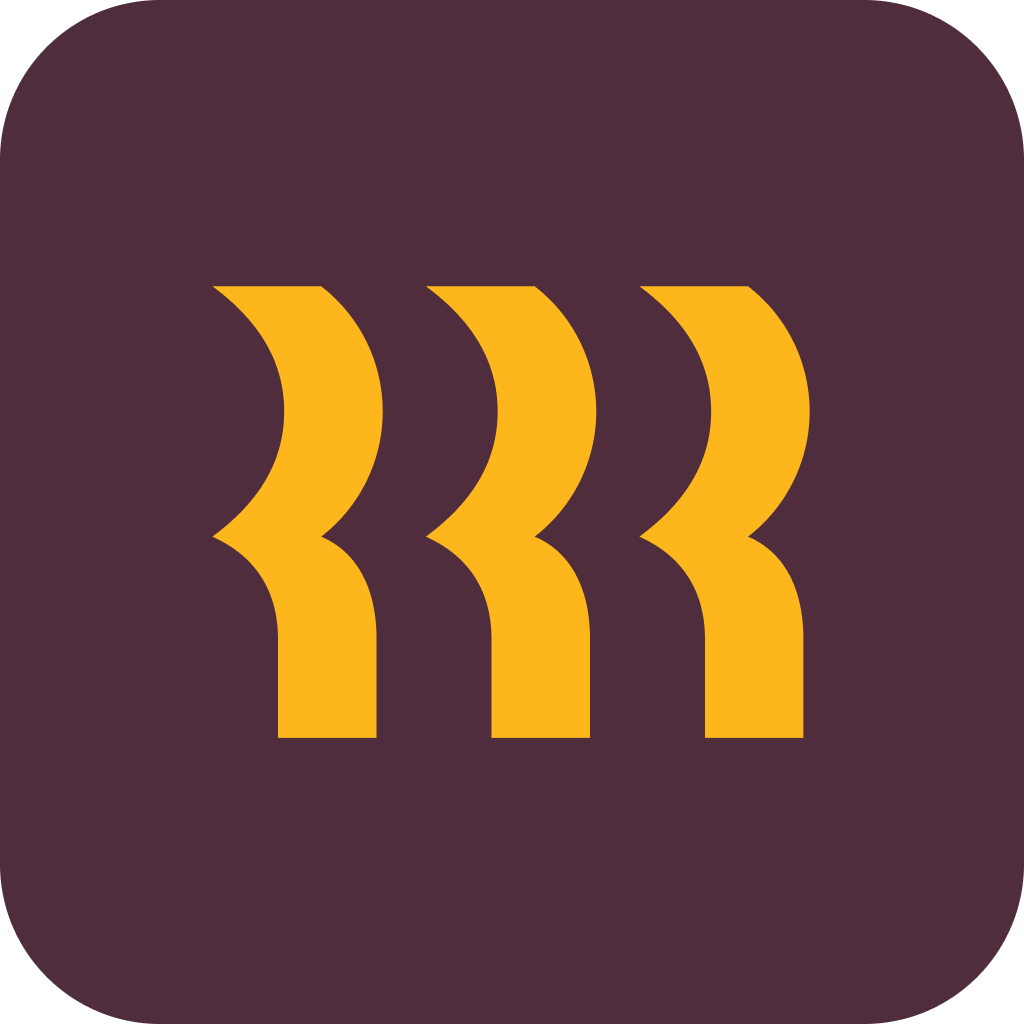Time and attendance refers to the process of tracking and recording the hours employees work, including when they start and end their shifts, as well as any breaks or absences. It is commonly managed through timekeeping systems to ensure accurate payroll and compliance with labor laws.
Why do businesses need to track time and attendance?
From small businesses to enterprise corporations, tracking time and attendance (T&A) is essential to optimize operations, manage labor costs, and maintain compliance with employment laws. Time and attendance tracking helps businesses run accurate payroll, reduce inefficiencies, and maintain employee satisfaction by better managing leave and time off.
Below is a more in-depth overview of some of the key reasons why all businesses need to track time and attendance.
Improved productivity
Tracking employee time helps businesses identify where time is spent, which can then help managers make adjustments that enhance overall productivity. When businesses know how employees spend their time, they can streamline operations, eliminate bottlenecks, and ultimately improve productivity.
Cost management
Accurately tracking employee time is critical to controlling labor costs and improving profitability. By tracking when employees start and stop working, businesses can reduce the risk of overpayment, minimize overtime, and make sure their labor costs stay within budgets and projections.
Employee scheduling
By knowing employee hours and availability, businesses can create schedules that minimize conflicts and keep the business properly staffed. This results in fewer scheduling errors, such as overstaffing or understaffing.
Leave and absence management
Tracking attendance allows businesses to manage unpaid and paid time off (PTO), sick leave, and other absences with ease. A time and attendance system can help reduce absenteeism by providing transparency and giving employees a way to more easily adhere to company leave policies—for example, by submitting time-off requests through the system. Having good leave management practices in place also helps prevent scheduling conflicts.
Recordkeeping
Accurate recordkeeping is important for businesses to maintain compliance with labor laws. Through their time and attendance system, businesses can keep records of employee hours, absences, and any time-related adjustments, which may be needed in the event of an audit, payroll dispute, or another legal or regulatory issue.
What is the best way to track time and attendance?
Choosing the right time and attendance system depends on the size and needs of the business. Each option has its benefits, but all should aim to reduce errors and streamline T&A processes.
Manual time tracking
Some businesses still rely on traditional methods like timesheets, time cards, and time clocks, where employees clock in and clock out. Many small businesses in particular still use spreadsheets or other manual processes for time tracking. These methods are simple and affordable, but they can lead to errors, time theft, and inefficiencies.
Time tracking software
More modern time and attendance software uses real-time data collection to track employee hours more accurately. Cloud-based time management software makes employee time data accessible and secure, reducing errors and improving accuracy. It also eliminates manual data entry and can often integrate with other business tools, like payroll software.
Automated time tracking
With automated time tracking, businesses can streamline manual, administrative tasks by automating the process of capturing work hours, breaks, and overtime. Automated workflows tend to reduce human error and help human resource teams save time. That makes automated time tracking a more efficient solution for businesses of all sizes.
Common challenges with time and attendance
Time and attendance tracking can present many challenges for businesses, particularly those with remote or growing teams.
Lack of data and analytics
Without proper data or analytics, it can be difficult to assess employee performance or identify patterns in attendance, such as absenteeism or late arrivals. Companies lacking data-driven insights may struggle to make informed decisions about scheduling and labor costs, leading to inefficiencies and increased expenses.
Unauthorized overtime
One major challenge for employers is managing unauthorized overtime, which can lead to budget overruns and compliance risks. Without real-time monitoring or automated controls, employees may work more hours than permitted, increasing both costs and administrative headaches.
Remote workers
Managing remote workers presents unique challenges for tracking attendance and work hours. Companies often find it difficult to verify that remote employees are working their agreed-upon hours, measure their productivity, or manage their time.
Lack of automation
Manual processes can slow down payroll, increase the risk of human error, and lead to inaccuracies in timekeeping. Businesses often find themselves burdened with administrative tasks that could be streamlined by implementing automated timetracking solutions.
How to choose a timekeeping solution
Selecting the right timekeeping solution can help your business streamline its workforce management and payroll processes. When evaluating providers and their various functionalities, look for these key features:
Time tracking
First and foremost, a time and attendance solution needs to be able to keep track of employees’ work hours. Look for software that accurately records time across different shifts, locations, and work environments, so it’s flexible for both in-office and remote employees.
Attendance tracking
Look for an employee attendance management system that can automate attendance tracking, reducing the risk of human error and providing your organization with valuable insights into employee punctuality and absenteeism.
Scheduling
Effective scheduling features help you manage shifts, allocate resources, and prevent overstaffing or understaffing. A good system should offer simple scheduling functionality that’s easy to set and adjust to accommodate employee requests or changes in demand.
Reporting and analytics
Accurate attendance data will help you assess employee performance and identify patterns in attendance behavior. Choose a timekeeping solution that provides detailed reporting and analytics, so you can make data-driven decisions and generate reports to comply with regulatory requirements.
Integration with payroll systems
When your timekeeping solution integrates seamlessly with your payroll system, it reduces manual data entry and minimizes payroll errors, saving your HR team time and effort on payroll processing and helping your employees get paid accurately and on time, every time. An integration between the two tools is just a starting point—some workforce management platforms have both payroll and time and attendance features built in, along with other HR apps.
Mobile app
A self-service mobile app allows employees to clock in and out, view schedules, request time off, and manage their time from anywhere. This is especially beneficial for businesses with remote or mobile employees, empowering everyone to stay connected and in control of their time.
Location geofencing
For businesses with employees who work across various locations, geofencing technology can track employee attendance based on their geographic location. This ensures that employees are only clocking in when they are physically at the designated worksite, reducing time fraud.
Built-in compliance
Compliance with labor laws is critical for avoiding penalties. Look for a solution that includes notifications and features to help your business stay compliant with federal, state, and local regulations, so you’re always on top of recordkeeping, overtime rules, and employee rights.
Frequently asked questions about time and attendance
What is buddy punching, and how can it be prevented?
Buddy punching occurs when one employee clocks in or out for another. This can be prevented by using biometric solutions, such as facial recognition or RFID systems, which require employees to physically verify their identity before clocking in.
Can mobile devices be used for time and attendance tracking?
Yes, many timekeeping solutions offer apps that allow employees to use their mobile device to clock in and out, request time off, and view their schedules. Some of these apps even include biometric features like facial recognition to enhance security.
Rippling and its affiliates do not provide tax, legal, or accounting advice. This material has been prepared for informational purposes only, and is not intended to provide, and should not be relied on for, tax, legal, or accounting advice. You should consult your own tax, legal, and accounting advisors before engaging in any related activities or transactions.







































































